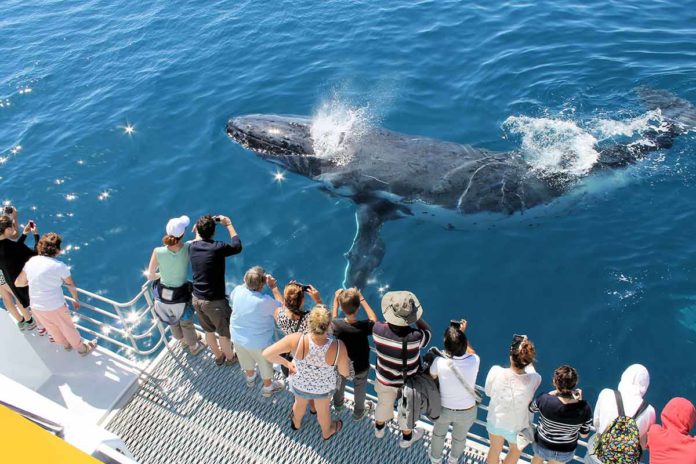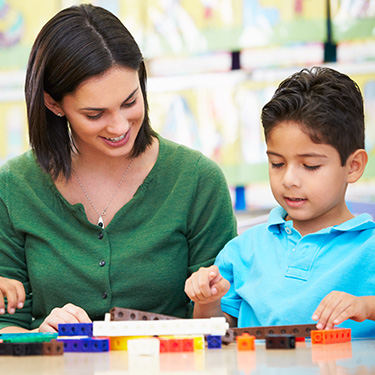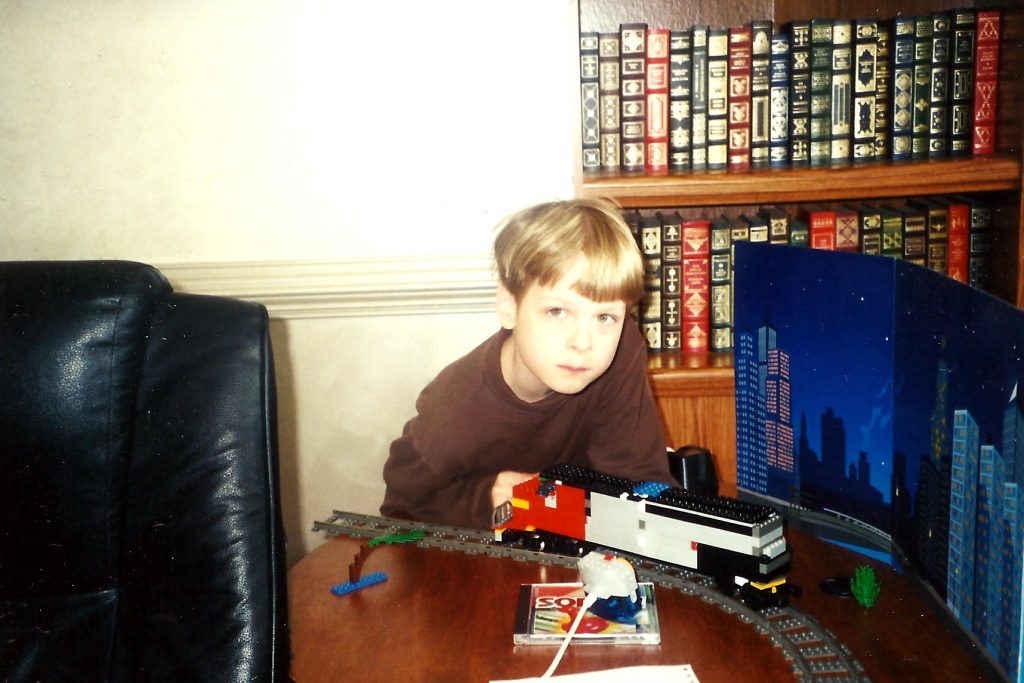I used to think that the terms interest-based and child-led learning were synonymous. But recently, I had a clarifying moment as I have helped various homeschoolers understand how I facilitate learning with my children as described in my Collaborative Learning Process.

I talk a lot about creating a gift-centered learning environment. In order to discover one’s gifts, a child should be able to pursue their interests. This makes sense to a lot of people. But so many understand interest-based learning differently than what I intend. One of the descriptions of interest-based learning is quite similar to a unit study based education. When a child indicates an interest, the parent creates lesson plans surrounding and incorporating that topic. Sometimes, the parent will keep it directly focused on the topic. Let’s say it’s whales, and so they study whales exclusively, and it is considered science. Some parents will use the topic of whales as a way to study other topics, by measuring whales for math or studying oceans as social studies, and continue covering as many subjects as possible with whales as the central theme.
This is a step in the right direction, but it is still parent-led, though interest-based. The problem with this perspective as it pertains to the idea of facilitating a child’s discovery of their gifts and talents was most clearly shown to me through a young lady I recently met at the Love to Learn Conference here in North Carolina (no longer exists). Two parents approached me, along with their amazing daughter, after my Understanding the Right-Brained Child workshop, eager to learn more about how to be facilitators for their creative child who has a passion for learning. I heard how the mother was trying to take her daughter’s love of math by sharing her own passion in the subject, but it was resulting in disillusionment for both. Why wasn’t it working and what should she do?

As so many children are willing to share, her mother was able to figure out through conversations with her daughter that the young lady viewed math like a giant puzzle. This visual-spatial daughter found it intriguing to figure out where the missing link in the equation was ala algebraic solutions through her gifted visualization skills. Yet, she struggled with simple math facts. I saw the sparkle in this incredible daughter’s eyes standing next to me, and I saw the real desire in the parents’ eyes to keep that spark alive in their daughter’s learning life. They thought they had been interest-based, but they weren’t choosing wisely to keep their daughter’s interest ignited.
This is where child-led learning comes into action. As I directed the parents to look at the love of learning exuding from their daughter, to which they were fully aware and their most important desire was to keep it aflame, I said, “Just feed that! She knows what she loves to do in math, for instance, so whatever is emanating from within her, you feed. And having the faith that by giving whatever she loves to pursue value, it will reveal her gifts down the road. For today, you can help fan the flame of passion that comes from within her, and that is enough.” This approximately 9 year old daughter didn’t take long to take that information and show her parents how they could fulfill that advice. Her parents came back to me later in the day and said, “Our daughter came out of the play area and said, ‘I’m interested in LEGO. It looks like geometry.’” Since the parents had attended my right-brained learner class, they knew LEGO was one of the gift areas a creative child could gravitate, and we both stood in awe at her cleverness at recognizing the geometric attributes that interests like LEGO inherently provide. LEGO it will be, and we all smiled in the glow of this young person’s passion for math and how she wanted to explore her potential in this area.

To be an interest-based, child-led learning facilitator, it requires slowing down and being a careful observer, a detective. Some make it easy, like this young lady. In fact, right-brained learners often are insatiable learners, but they are passionate about areas that are not valued in our society, so these things can be overlooked, like art, drawing, music, LEGO building, sewing, gardening, video games, etc. This family had uncovered their clue (the daughter enjoying the puzzling out factors), and had tried to incorporate it by bringing in manipulatives to explain the math drills. The mother lamented that her daughter didn’t like the manipulatives. Ah, another clue! This is what child-led facilitation is all about! Trial and error. Troubleshooting ideas. I offer things to my child based on my observations, and see what happens. Does it crash and burn like the manipulatives did? Why? Is it because I was using it to accomplish my goals for the topic . . . using a good visual tool to learn a dull skill such as math facts? Something like Hands-On Equations might be interesting for this young person because it is about manipulating objects to puzzle out solutions. It concentrates on concepts versus math facts. So, you can try that idea and see what happens. In the case of this daughter, she made it easy: Get me LEGO! This family could feed that with LEGO magazine which is full of novel ideas, LEGO Idea books that can spark creativity, there are Technics that bring in gears to take it to another level, or LEGO Robotics that bring you into computers, or LEGO Studio that brings out the potential producer.
So, interest-based, child-led learning emanates from within the child outward. As parents, we can be careful observers who translate what we see into additional resources that can feed the flame of passion within the child. Our wisdom and experience is absolutely needed. It is what we are exposing our children to within our home and outside those walls in the greater world or through the great, intellectual resources of computers and technology that can help our children stumble upon an intriguing interest. It is also taking what they become passionate about and feeding the flame from within outward.

It’s not that oceans can’t be discovered as a child is drawn to whales. This was my son at six years old, and I brought in a book that particularly delineated the oceans various whales lived or traveled through. I brought in a book that comparatively measured whales as a way to help the reader contemplate the relative size for those who will not be able to enjoy the real experience. As I offered these resources, my son discovered within himself the desire to measure whales or learn about oceans. I didn’t buy the resource, explain the measurements, and then require him to do his own measurements. The truth be told, I didn’t even think of doing that. I just saw it as a different perspective than the other resources, so he might be able to pull something of interest to him from it. He spent months creating comparative measurements, even meticulously drawing and cutting out a tiny ruler that would reflect the book’s sizing. My son learned things in this process that went well beyond if I had assigned him that same task. But, most importantly, it came from within him, and outward, and he owns that ability to be a self-directed learner that will serve him well all his life. In particular, it led each of my children to their passion and purpose in life.
Originally published by me in the Life without Schooling group blog.
If you benefited from this content, please consider supporting me by buying access to all of my premium content for a one-time fee of $15 found here. This will even include a 50% off e-mail link toward a copy of my popular The Right Side of Normal e-book (regularly $11.95)!





